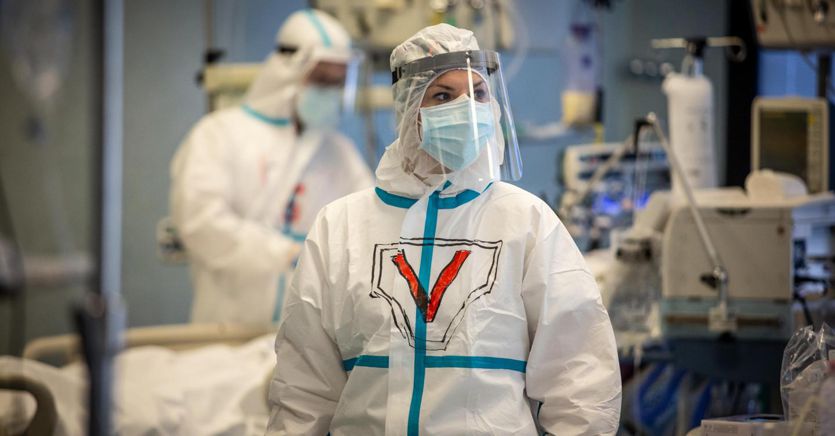In Lazio 1,545 new cases, one death
“Today in Lazio out of 1,864 molecular swabs and 8,784 antigenic swabs for a total of 10,648 swabs, 1,545 new positive cases are recorded (-118), 1 deaths (-4), 610 hospitalized (-5), 41 therapies intensive (+1) and +6,035 the healed. The ratio of positives to swabs is 14.5%. The cases in Rome city are at 688 ”. This was announced in a note by the Councilor for Health of the Lazio Region, Alessio D’Amato.
In Tuscany 788 new infected and one death
In Tuscany there are 1,373,873 cases of Coronavirus positivity, 788 more than yesterday (152 confirmed with molecular swab and 636 by rapid antigen test). New cases are 0.1% more than the previous day’s total. The healed grow by 0.05% and reach 1,280,801 (93.2% of total cases). Today 845 molecular swabs and 5,168 rapid antigenic swabs were performed, of which 13.1% were positive. On the other hand, 1,272 subjects tested today (with antigenic and / or molecular swab, excluding control swabs), of which 61.9% were positive. Unfortunately, today there is one death: a 99-year-old woman.
US study: new Coronaviruses more at risk of transmission to humans
Coronaviruses are the viruses most at risk of passing from animals to humans, transmitting infectious diseases. “Monitoring them and researching” should therefore “be a priority”. But, in addition to these, the family of paramyxoviruses, to which the measles virus belongs, is also worrying for future ‘spillovers’. This is indicated by a study published in the journal Communications Biology, funded by the United States Agency for International Development and the National Institutes of Health. Over the past decade, scientists have described hundreds of new viruses with the potential to be transmitted from animals to humans. To find out which are the most risky for human health, scientists at the University of California, Davis, created machine learning models that allow them to prioritize each virus based on the risk of zoonotic transmission.
The model uses a data-driven network to quantify the likelihood that humans will host the approximately 500 viruses discovered between 2009 and 2019. It emerges that, in the future, new viruses of the corona family are expected to have more species animals as guests. This family of viruses should have the highest priority for surveillance, especially in consideration of changes in climate and environment. As the landscape changes, animals move in response and the risk of viral transmission between species can increase.
